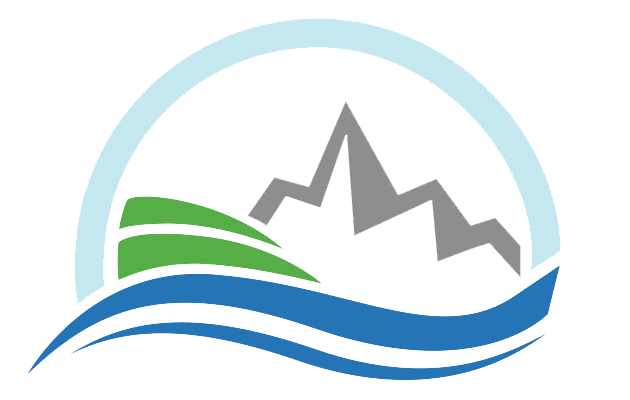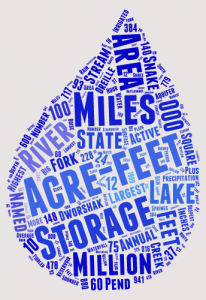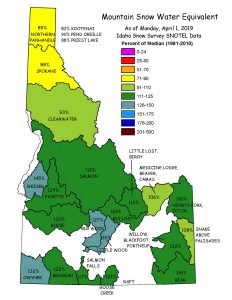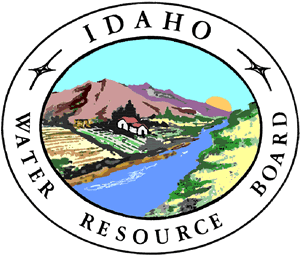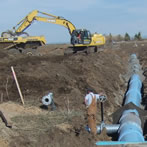This overview summarizes the creation of the Board, the responsibilities and authority of the Board, and the duties of the IDWR Director and staff in supporting the Board.
Legislation
Article XV, Section 7 of the Idaho Constitution called for the creation of a “Water Resource Agency,” but it did not establish the agency. In 1965, the 38th legislature established the Idaho Water Resource Board and defined its organization, powers, and duties. Board organization and duties are established in Idaho Code §§ 42-1732 through 42-1734.
The Board was created primarily because of concern that a more politically-powerful state or federal government, or other entity, would gobble up Idaho water. When the Board was created, it was provided with authority, subject to legislative approval, to “formulate and adopt a comprehensive state water plan for conservation, development, management, and optimum use of all unappropriated water resources and waterways of the state in the public interest.”
When the Board and IDWR merged in 1974, Idaho Code § 42-1732 was modified to place the Board within IDWR. To assist the Board, the legislature created additional duties for the IDWR Director “to perform administrative duties and such other functions as the Board may from time to time assign to the Director to enable the Board to carry out its powers and duties.” (Idaho Code § 42-1805(6))
Membership
The Board is comprised of eight members appointed by the Governor to a four-year term. No more than four can be from the same political party, and to ensure representation of water users across the state, one member is appointed from each of four districts and no more than three can be from any one district.
For contact information and appointment terms, visit the Board Members page.
Meetings
The Board holds public meetings every 6 to 8 weeks but periodically has special board meetings to address specific issues that require immediate action. As needed, the Board establishes committees to work on specific tasks or programs. View the current list of board committees here.
The calendar which lists upcoming meetings may be viewed here.
Go to the board meetings page for minutes and meeting related documents.
Go to the committee meetings page for minutes and meeting related documents.
Visit IDWR/IWRB’s Townhall Idaho Page for more meeting information.
Authority
In addition to formulating and implementing the state water plan and comprehensive basin plans, which includes authorities to designate natural and protected rivers, the Board also provides financial assistance for water development and conservation projects. The Board has two accounts, water management and revolving development, from which it makes loans and grants. A third account, the Aquifer Planning and Management Fund, was added by the Idaho Legislature in 2008 (Idaho Code § 42-1780). This fund was established for technical studies, facilitation services, hydrologic monitoring, measurement, and Comprehensive Aquifer Planning and Management. Idaho Code § 42-1779 authorized the Board to conduct a Comprehensive Aquifer Planning program across the state. The Board can also issue debt in the form of revenue bonds, where the proceeds are loaned to the entity requesting the financial assistance. The loan repayments are then the revenue used to repay the debt service on the bonds. The Board also adopts rules for well construction, well driller licensing, injection wells, geothermal resources, mine tailings impoundments, safety of dams, and stream channel alterations. The Idaho Water Supply Bank is also the Board’s responsibility as well as implementing legislative mandates as was done in 1995 with managed aquifer recharge.

